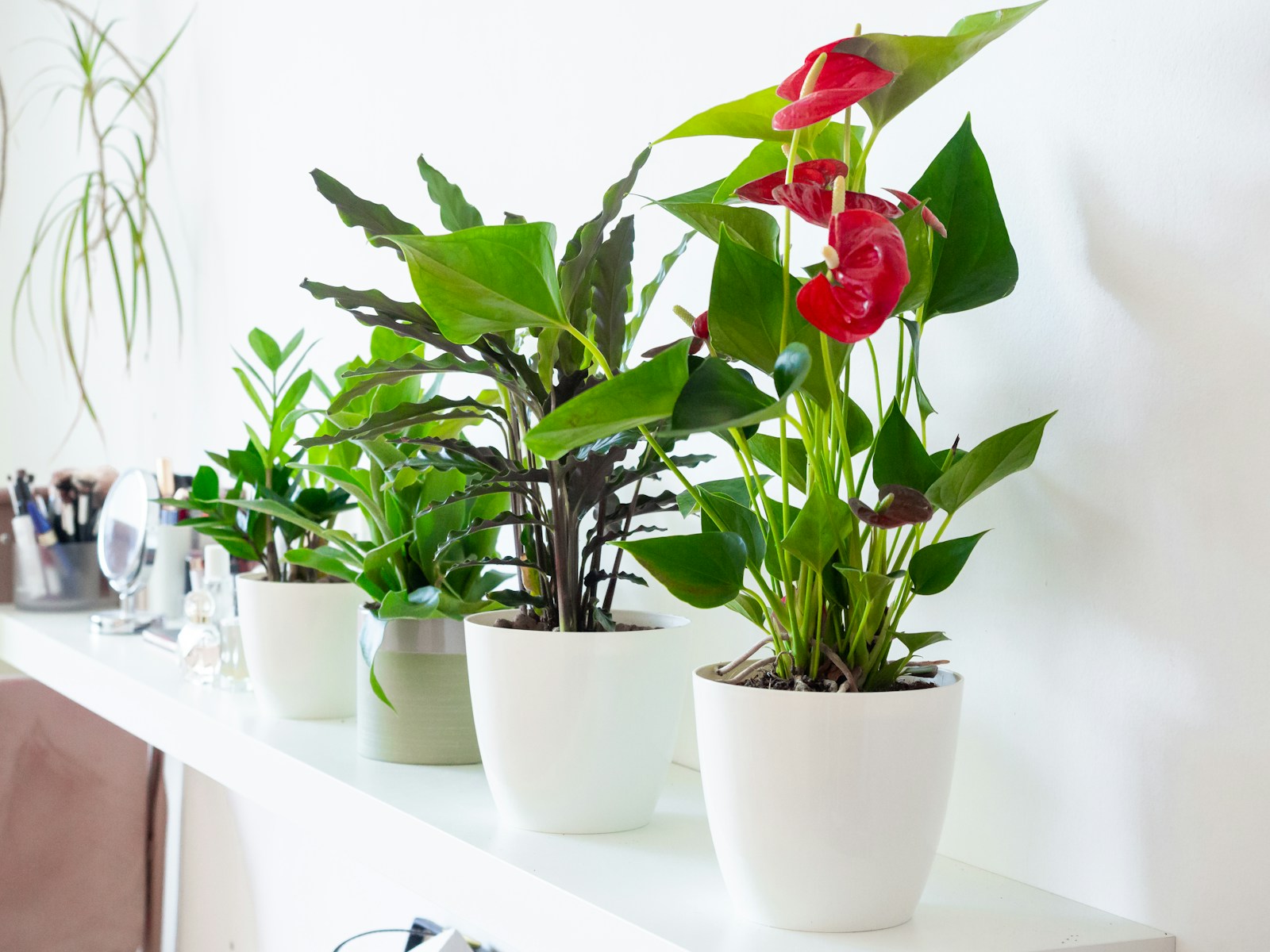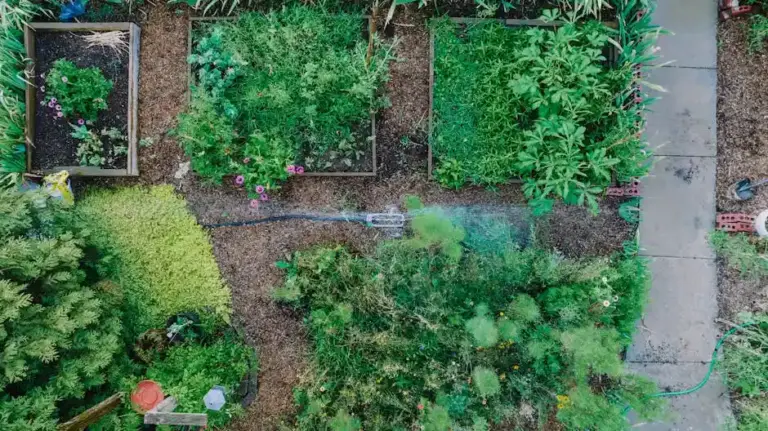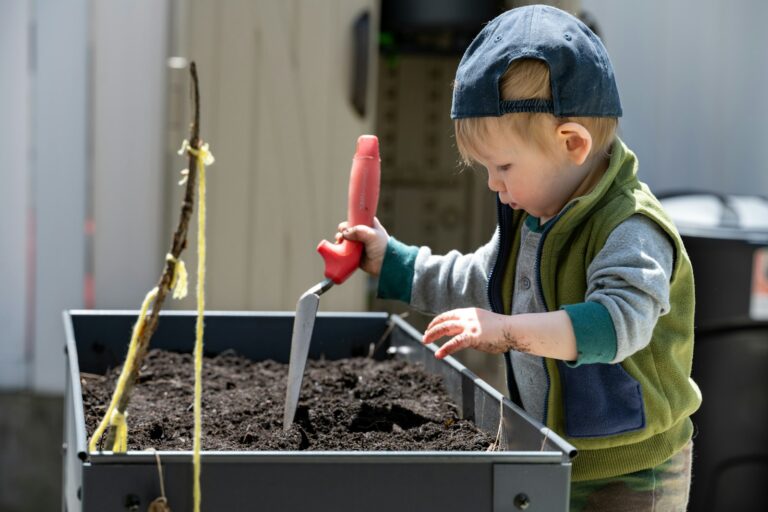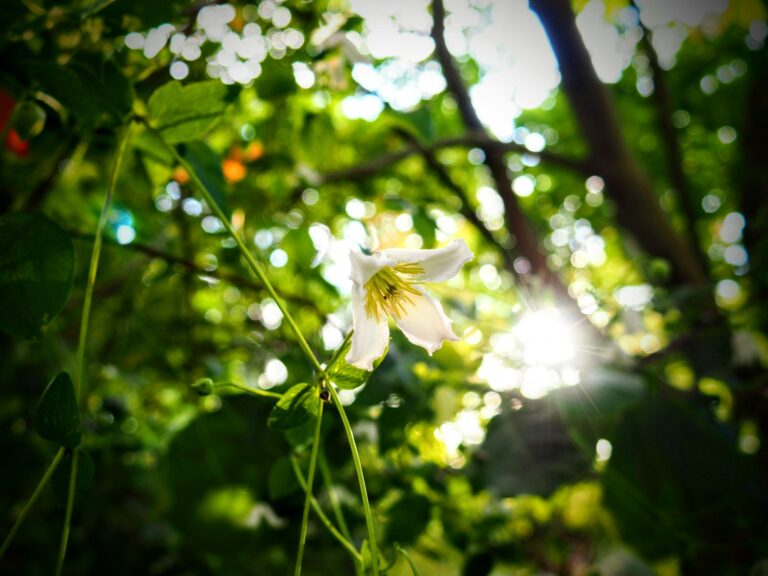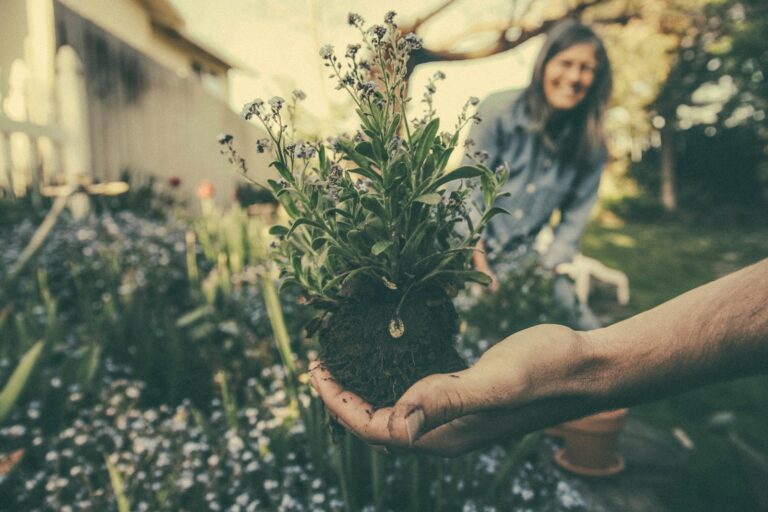8 Plants That Can Handle Complete Neglect to Brighten Your Space Easily
Ever feel like you just can’t keep up with your houseplants? Maybe you get busy, travel a lot, or simply forget to water them sometimes.
The good news is there are plants out there that don’t mind a little neglect. Some are so resilient, they’ll keep looking fresh even if you forget about them for weeks.
Here are eight plants that can handle your busiest days and still bring life to your space.
ZZ Plant
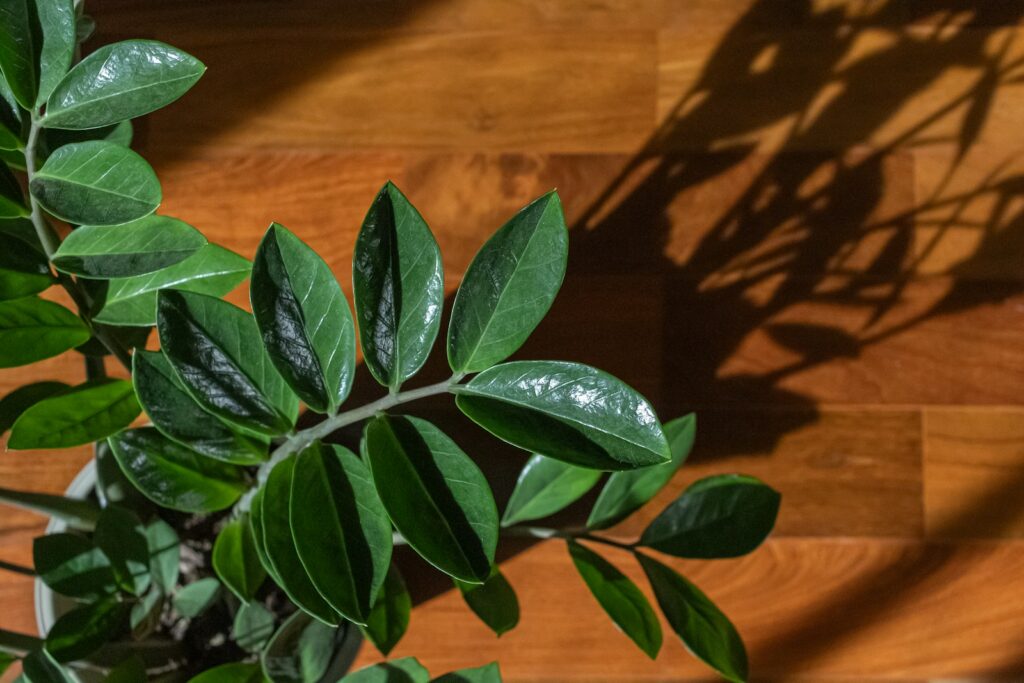
The ZZ plant is a lifesaver for anyone who struggles to remember watering schedules. Its shiny, dark green leaves look great in just about any room.
What sets it apart is its ability to thrive in low light and go long stretches without water. The plant stores moisture in its thick roots, so it can survive weeks or even months without a drink.
It prefers well-draining soil and does best in bright, indirect light. Even if your space is on the dim side, the ZZ plant will manage just fine.
Just be careful not to overwater and you’ll have a happy, healthy plant that asks for almost nothing in return.
Snake Plant
The snake plant is a champion when it comes to surviving forgetful owners. Its tall, upright leaves can handle both low light and bright spots.
You only need to water it every few weeks. Snake plants are fine with dry air and missed waterings, and they like their soil to dry out completely between drinks.
They also clean the air, making them a smart pick for any room. You can place a snake plant just about anywhere and it will keep growing with very little effort.
Spider Plant

Spider plants are famously easygoing and bounce back from neglect. Their long, arching leaves and little baby spiderettes add a playful touch to your home.
The thick roots store water, so if you forget to water now and then, it’s no big deal. Those baby plants can be snipped off and grown into new spider plants for even more greenery.
They do best in bright, indirect light, but will still grow in lower light, just a bit more slowly. Spider plants also help clean indoor air.
Pothos
Pothos is perfect for anyone who wants a forgiving plant. It can grow in low light or bright, indirect light, so you have lots of options for where to put it.
Watering isn’t a big deal—pothos can handle being neglected for a week or two. It will keep growing whether you plant it in soil or just pop it in a jar of water.
Its trailing vines look great hanging, on a shelf, or climbing up a trellis. If you’re busy or just not into fussing over plants, pothos is a great fit.
Philodendron

Philodendrons are ideal for people with packed schedules. They’re happy with water every couple of weeks and don’t need much attention.
These plants grow well in bright, indirect light but don’t mind lower light either. They’re forgiving if you forget about them now and then.
Heartleaf philodendron is a favorite for its pretty leaves that stay green and lively. If the leaf tips brown from dry air, just trim them off.
They don’t need much fertilizer and grow slowly, so there’s not much upkeep. Philodendrons are a solid choice if you want greenery without the daily care.
Dieffenbachia
Dieffenbachia, or Dumb Cane, is a tough plant that doesn’t mind some neglect. It handles low to moderate indirect light and only needs water when the top inch of soil dries out.
Its large, patterned leaves bring a splash of color to any space. Even with the occasional missed watering, Dieffenbachia usually bounces back.
Just remember, its sap can be irritating, so keep it away from pets and kids. With a little care, this plant can brighten your home without demanding much from you.
Cast Iron Plant

The Cast Iron Plant lives up to its name by being nearly indestructible. It tolerates low light, irregular watering, and even poor soil.
You can forget to water it for weeks and it will still look healthy. Its deep green leaves stay vibrant with minimal attention.
This plant is slow-growing and rarely needs trimming or repotting. It even resists most pests, making it a stress-free addition to your home.
If you want something that survives almost anything, the Cast Iron Plant is a solid pick.
Aloe Vera
Aloe vera is great for those who sometimes forget about their plants. Its thick leaves store water, so it can go weeks between waterings.
Place it in a bright spot with indirect light and let the soil dry out before watering again. Too much water can hurt it, so less is more.
Aloe vera does double duty by offering soothing gel inside its leaves for minor burns or skin irritations. It fits nicely in kitchens or bathrooms where it can enjoy some light.
Why Some Plants Thrive on Neglect
Some plants are just built to handle tough conditions. They have special traits that help them survive on less water, in dim corners, or in soil that isn’t perfect.
These plants adapt by storing water in their roots or leaves, growing slowly, and fending off pests. That way, they keep going strong even if you’re not the most attentive plant parent.
Natural Adaptations for Tough Conditions
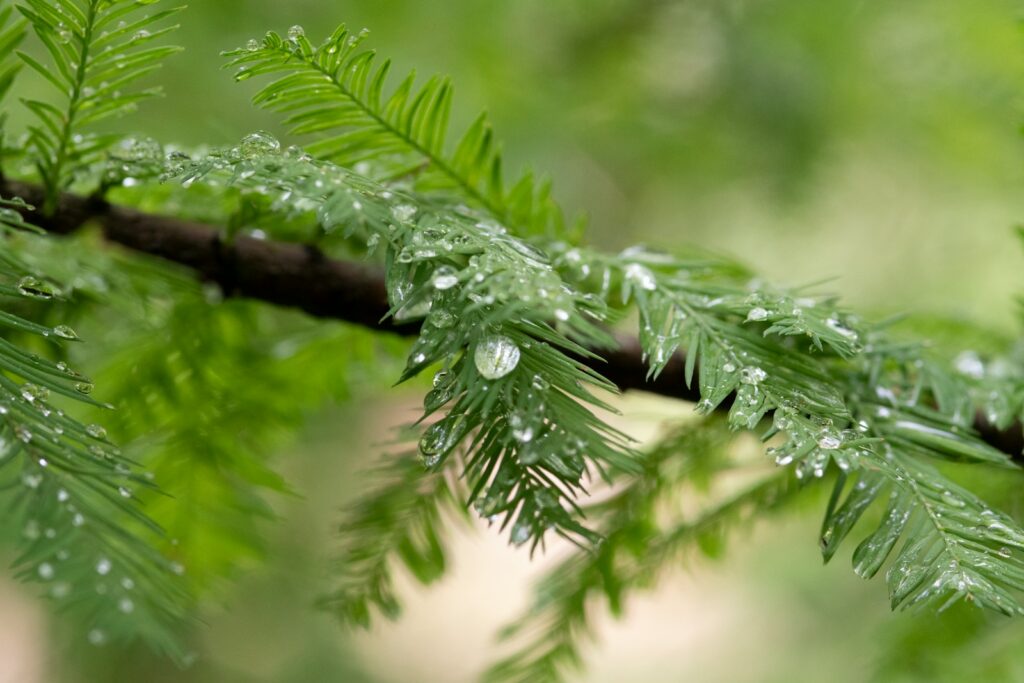
Deep roots help these plants find water far underground. Some store moisture in their leaves or stems for dry spells.
Their strong natural defenses keep pests and diseases away, so you don’t have to worry about spraying or treating them.
Slow growth helps them save energy when things aren’t ideal. Some can even reproduce on their own by dropping seeds or growing new shoots.
Water and Light Tolerance
Most of these plants can go a long time between waterings and don’t mind low light. They’re happy in spots away from windows or under artificial light.
Some grow in soil, others in water, so you have options for where to keep them. Their flexible nature makes them perfect for busy homes.
| Trait | Benefit |
|---|---|
| Deep roots | Find water underground |
| Water storage | Use saved water when dry |
| Slow growth | Save energy during neglect |
| Low light tolerance | Grow in dim environments |
Caring Tips for Low-Maintenance Plants
Keeping these plants healthy is easy when you focus on the basics. Avoid overwatering and give them indirect light.
Check the soil before watering and use a well-draining potting mix. This helps prevent root rot and keeps your plants happy.
Stick to a simple watering routine—most only need water when the top inch of soil feels dry. Place them in spots with indirect sunlight and avoid harsh, direct rays.
Give the leaves a gentle wipe every so often to help them soak up more light. Even though these plants can handle neglect, a little attention now and then goes a long way.
Common Mistakes to Avoid
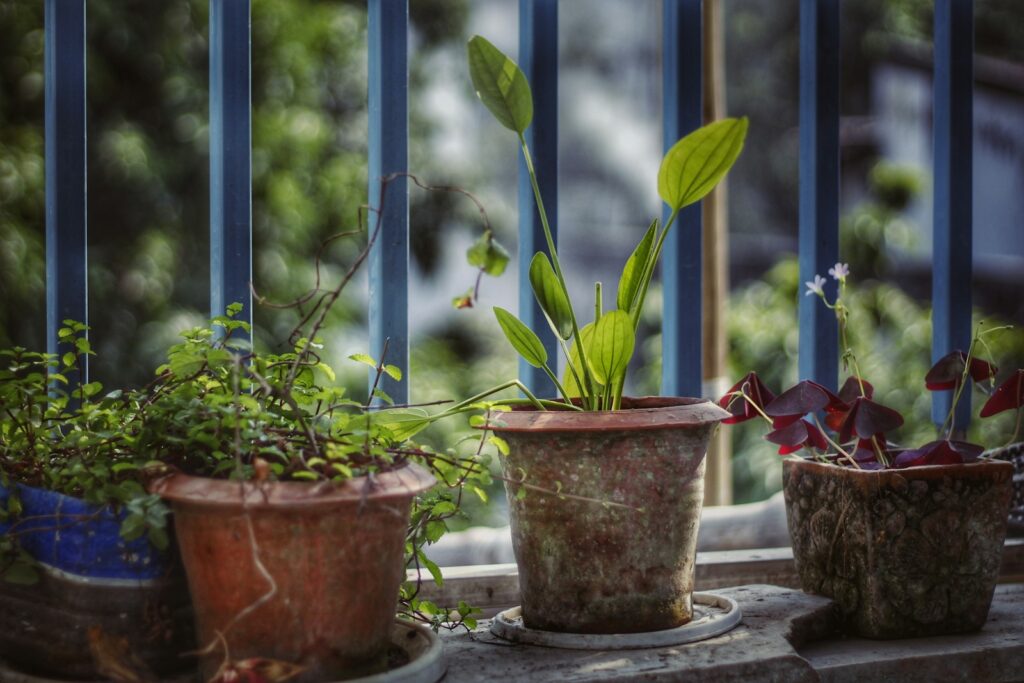
Many people accidentally overwater their plants. These plants actually prefer to dry out between waterings.
Waterlogged soil can cause root rot and harm your plant. Make sure you let the soil dry before watering again.
Heavy, compacted soil is another problem. It can trap moisture and suffocate the roots.
Look for soil mixes labeled for succulents or cacti. These allow for better drainage.
Placing low light plants in direct sunlight can be risky. Too much sun may burn their leaves.
Your plants need a little attention through the year. Dusting them and rotating their position every few weeks helps with even growth.

